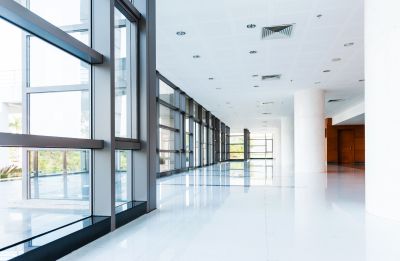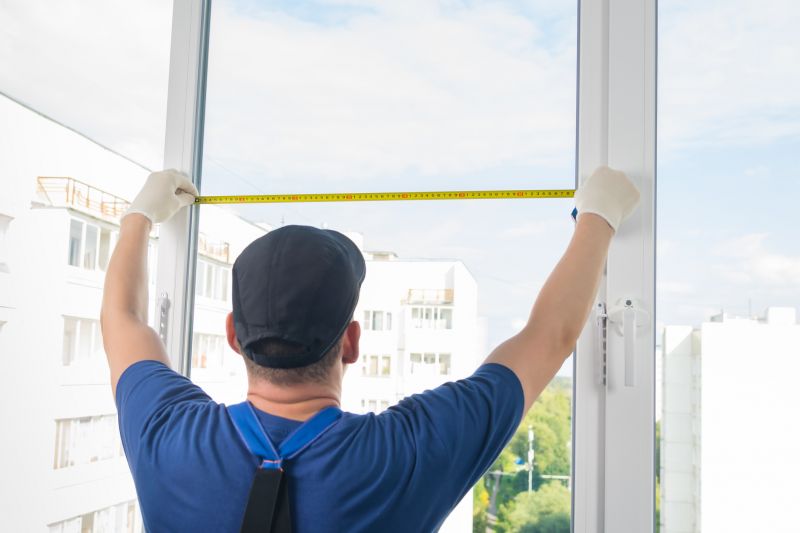Optimal Timing for Windows Installations
Determining the best time for Windows installations involves considering factors such as system readiness, workload schedules, and environmental conditions. Proper timing ensures minimal disruption and optimal performance during and after the installation process.
Spring and fall are often ideal for Windows installations due to moderate weather conditions, which can facilitate smoother setup and troubleshooting.
Scheduling during off-peak hours or slower business periods minimizes operational impact and allows for thorough testing post-installation.
Ensuring hardware compatibility and backup readiness before installation reduces risk and downtime.
Timing installations to coincide with major updates or patches can improve system stability and security.

Technicians preparing hardware for Windows setup in a professional environment.

A calendar highlighting ideal periods for system upgrades and installations.

IT professional performing data backup prior to Windows installation.

Ways to make Windows Installations work in tight or awkward layouts.

Popular materials for Windows Installations and why they hold up over time.

Simple add-ons that improve Windows Installations without blowing the budget.
| Timing Factor | Impact |
|---|---|
| Weather Conditions | Moderate weather reduces installation delays. |
| Business Cycles | Scheduling during low activity minimizes disruption. |
| Update Releases | Aligning with update schedules enhances stability. |
| Hardware Compatibility | Ensuring compatibility prevents post-install issues. |
| Backup Status | Complete backups reduce data loss risk. |
| Staff Availability | Availability of technical staff ensures smooth process. |
| Environmental Stability | Stable environment prevents hardware issues. |
| User Readiness | User preparedness facilitates transition. |
Windows installations are a critical aspect of maintaining optimal system performance and security. Proper planning and timing can prevent disruptions, reduce downtime, and ensure compatibility with current hardware and software environments. Regular updates and backups are essential components of a successful installation process, contributing to system stability and data integrity.

Professional installing Windows on a desktop computer.

Configuring system settings after Windows setup.

Backing up data before initiating Windows installation.

Assessing hardware readiness for Windows installation.
Interested in scheduling a Windows installation? Filling out the contact form provides a convenient way to discuss timing options, prepare your system, and ensure a smooth transition to the latest Windows environment.


